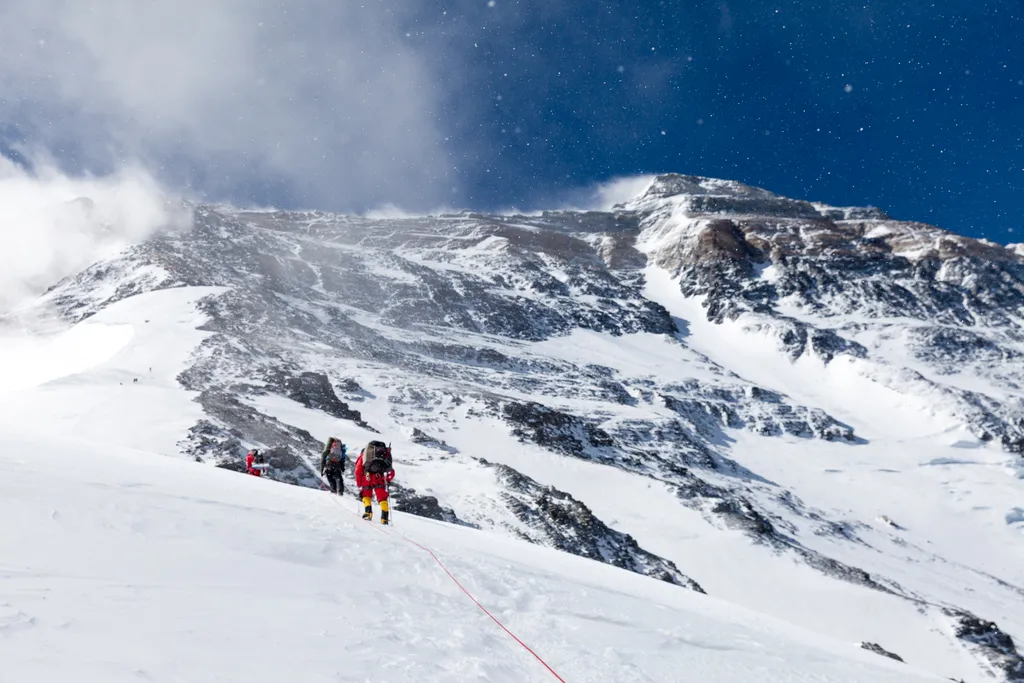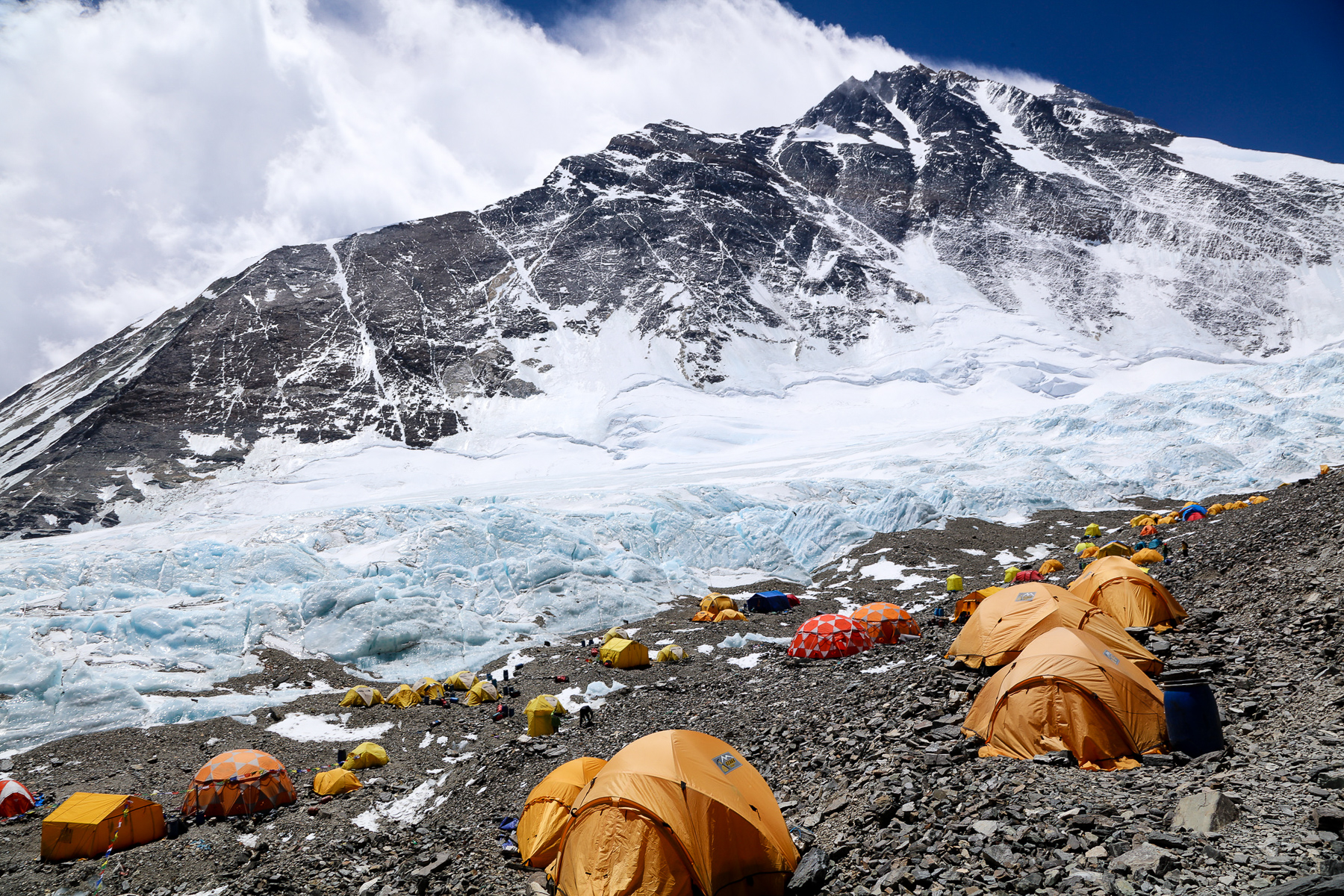Media has always been a bridge to experiences we wouldn’t otherwise be able to see, whether via text, video, or photography. 360-degree media have given us dynamic looks into many different settings that may even be dangerous, but what of the people exploring in those dire conditions?
Noel and Lynn Hanna, Northern Ireland natives currently living in South Africa, are the first couple to reach the summit of Mount Everest on both sides and serve as the guides for the upcoming ClimbEverest VR. Virtual reality filmmaker Przemek Siemion and his team withstood dangerous elements to bring us the VR experience and he spoke with Upload about the process.
Mount Everest isn’t a place where someone can traverse comfortably and is certainly not a place to inhabit for long periods of time.
“Starting from altitude that drastically limits your physical abilities – you are out of breath, way slower in movement, often with a headache,” Siemion says. “Harsh climate, extreme temperatures, strong winds – it all affects your body.”
As conditions changed on the mountain, the script they started the trip with changed too but, thankfully, Siemion says they were in good hands with their expedition leader who was responsible for making decisions that provided the best environment to proceed in.
Though it was certainly a chore to move around and record as they wished, that didn’t stop Siemion from enjoying the trip. He said they worked through 20 hours days so that the next day is a clean slate, but also found time to appreciate the beautiful scenery he was exposed to.
“It was as if the mountain was allowing me to be there and challenging me at the same time,” he says.
Not only does the mountain present a challenge to the people attempting the climb, recording in VR requires a wealth of new tools and the audio and video equipment have to be able to withstand the harsh climate as well. Even worse, the team wasn’t able to fully test everything as some of the cameras only arrived a day before departure. Thus, the team reached new levels of flexibility and came up with the new ideas on the fly as they worked toward their goal.
The result of their hard work is scheduled to be released early 2017.



























